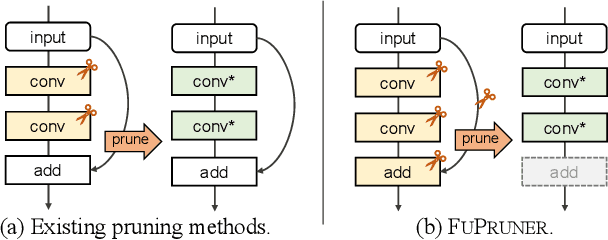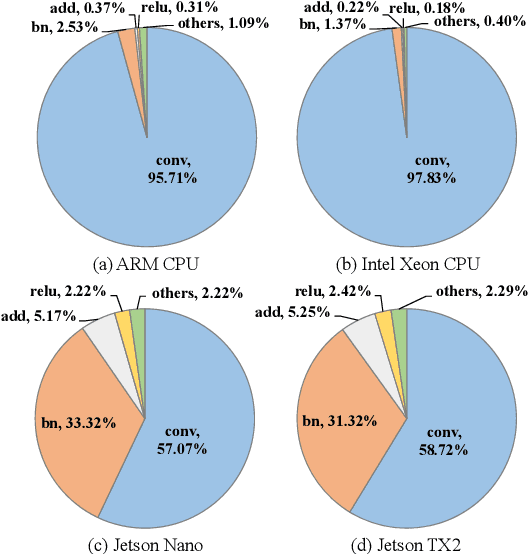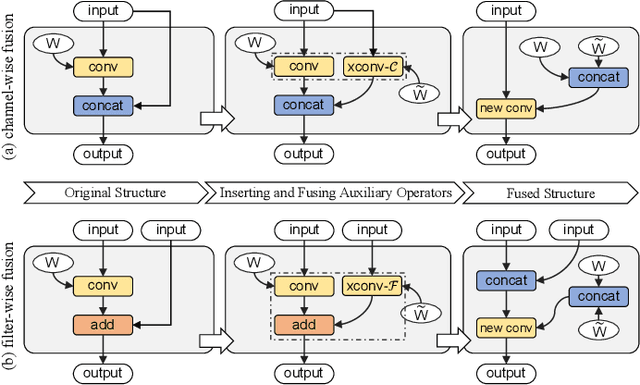Jingling Xue
Help or Hurdle? Rethinking Model Context Protocol-Augmented Large Language Models
Aug 18, 2025Abstract:The Model Context Protocol (MCP) enables large language models (LLMs) to access external resources on demand. While commonly assumed to enhance performance, how LLMs actually leverage this capability remains poorly understood. We introduce MCPGAUGE, the first comprehensive evaluation framework for probing LLM-MCP interactions along four key dimensions: proactivity (self-initiated tool use), compliance (adherence to tool-use instructions), effectiveness (task performance post-integration), and overhead (computational cost incurred). MCPGAUGE comprises a 160-prompt suite and 25 datasets spanning knowledge comprehension, general reasoning, and code generation. Our large-scale evaluation, spanning six commercial LLMs, 30 MCP tool suites, and both one- and two-turn interaction settings, comprises around 20,000 API calls and over USD 6,000 in computational cost. This comprehensive study reveals four key findings that challenge prevailing assumptions about the effectiveness of MCP integration. These insights highlight critical limitations in current AI-tool integration and position MCPGAUGE as a principled benchmark for advancing controllable, tool-augmented LLMs.
Fusion-Catalyzed Pruning for Optimizing Deep Learning on Intelligent Edge Devices
Oct 30, 2020



Abstract:The increasing computational cost of deep neural network models limits the applicability of intelligent applications on resource-constrained edge devices. While a number of neural network pruning methods have been proposed to compress the models, prevailing approaches focus only on parametric operators (e.g., convolution), which may miss optimization opportunities. In this paper, we present a novel fusion-catalyzed pruning approach, called FuPruner, which simultaneously optimizes the parametric and non-parametric operators for accelerating neural networks. We introduce an aggressive fusion method to equivalently transform a model, which extends the optimization space of pruning and enables non-parametric operators to be pruned in a similar manner as parametric operators, and a dynamic filter pruning method is applied to decrease the computational cost of models while retaining the accuracy requirement. Moreover, FuPruner provides configurable optimization options for controlling fusion and pruning, allowing much more flexible performance-accuracy trade-offs to be made. Evaluation with state-of-the-art residual neural networks on five representative intelligent edge platforms, Jetson TX2, Jetson Nano, Edge TPU, NCS, and NCS2, demonstrates the effectiveness of our approach, which can accelerate the inference of models on CIFAR-10 and ImageNet datasets.
 Add to Chrome
Add to Chrome Add to Firefox
Add to Firefox Add to Edge
Add to Edge